Shukugawa river flows in Nishinomiya City, HYOGO, and is particularly famous for cherry blossoms. Every spring, riverside road of this river is crowded with many people.
In this summer, I strolled along the Shukugawa river. This place is maintained as “Shukugawa Park,” and not only the cherry tress but also glorious pine tress and many other kinds of trees grow there.
First, I got off at “Shukugawa” station on the Hankyu Railway, and walked north along the river up to a water wheel. Then, I returned to the station, and then, walked south up to “Koroen” station on the Hanshin Railway. (Please see the left map.)
When I got off the “Shukugawa” station and passed through the south ticket barrier, I saw the “Hagoromo” bridge.
There was a stairway leading to the river. I crossed over the bridge and walked north for a while.
There was a summer house near the stairway.
The following path continues toward the north. There were many benches on the path, and so you can take a rest anytime. The temperature was high, but wind blown from the river surface was cool, and very comfortable.
This bridge is the “Ooide” bridge.
When I approached the river, I saw carps. The water is highly transparent so that you can see easily to the river bottom.
I took a rest for a while.
There are two paths along the river, a path near the river and a path at a higher level, and the two paths are connected to each other through a stairway, so you can easily change the path you want to walk anytime.
I reached the goal (the water wheel). The distance from the “Shukugawa” station is about 500 m.
I returned to the “Shukugawa” station on the Hankyu Railway, and then walked south.
There are many bridges on the “Shukugawa” river.
This is “Katahoko ike” pond. This pond is famous for water plants including big-blossomed lotus flowers. The lotus blossom season was, unfortunately, over at that time in this year.
Both cherry trees and pine trees got older and older. There are many trees that need treatment, and I saw sometimes tree stumps stubble.
Intersection with JR line.
“Higiri Jizoson” (a temple hall with Jizo (Kshitigarbha) named “Higiri”). Elderly ladies’ fun conversation appeared to continue endlessly.
This is “Shukugawa” Fudo Myoo (Acala), next to the Jizo Hall.
We Japanese are very familiar with Jizo and Fudomyoo, and so you can see their halls anywhere from big towns to small villages in Japan.
This is the “Shukugawa” bridge along National Route 2.
Children engrossed in catching fish or crayfish.
I dropped in at “Tatsuuma” archaeological hall, which has one of Japan’s leading collection of Dotaku (a bell-shaped bronze vessel) in the Jomon (about 15,000 to 2,300 years ago) to and Yayoi Periods (about 2,100 to 1700 years ago).
Returning to the “Shukugawa” river, I went to the other side of the river jumping on the stones.
The “Koroenn Jindo” bridge near the “Koroenn” station on the Hanshin Railway.
The distance from the “Shukugawa” station on the Hankyu Railway is about one kilometer. There is the “Otani Memorial Art Museum.” I recommend you to visit the museum, if you have time.
Sake has been enthusiastically produced here through the ages. When I saw the very pure transparent water of the “Shukugawa” river, I could understand it.


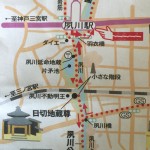
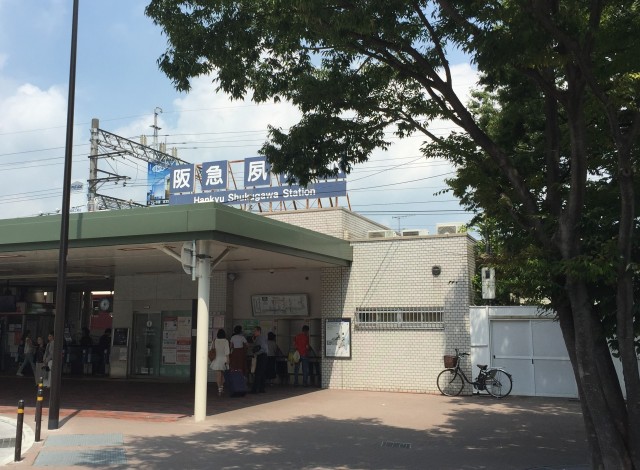
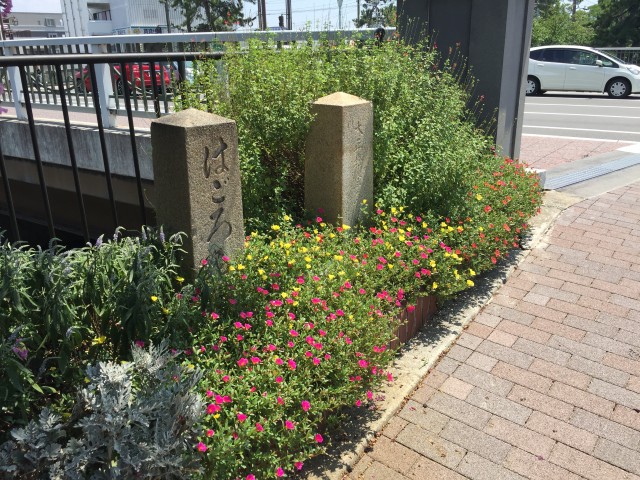
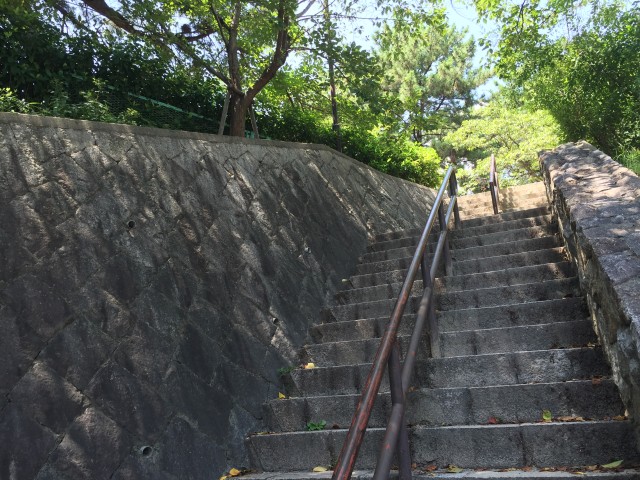
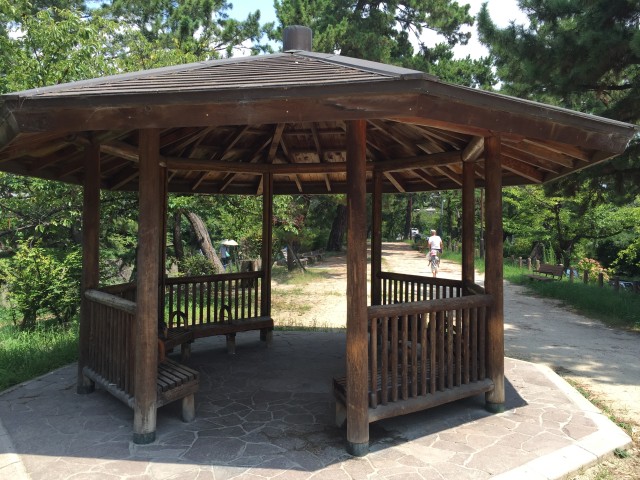
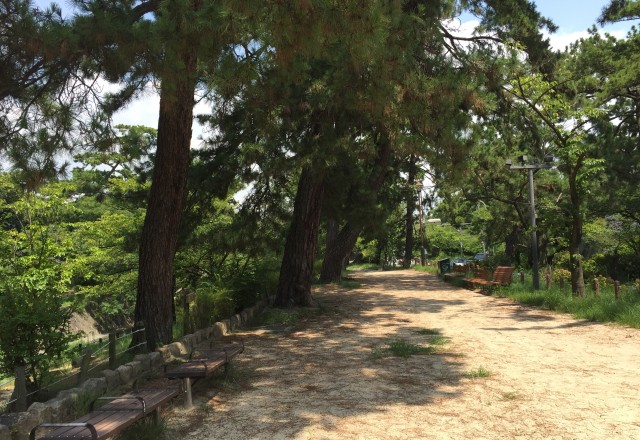
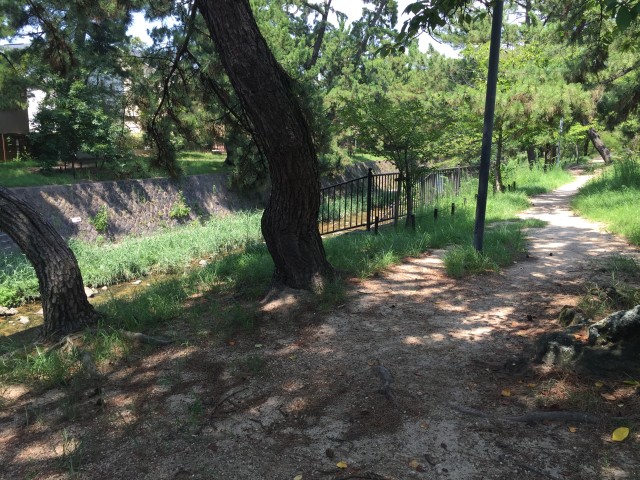
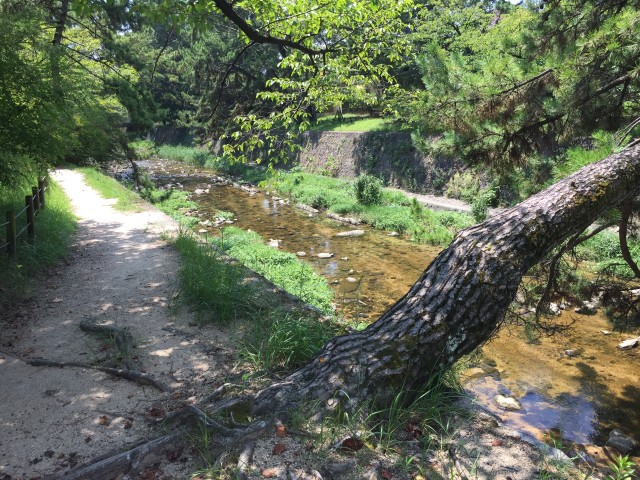
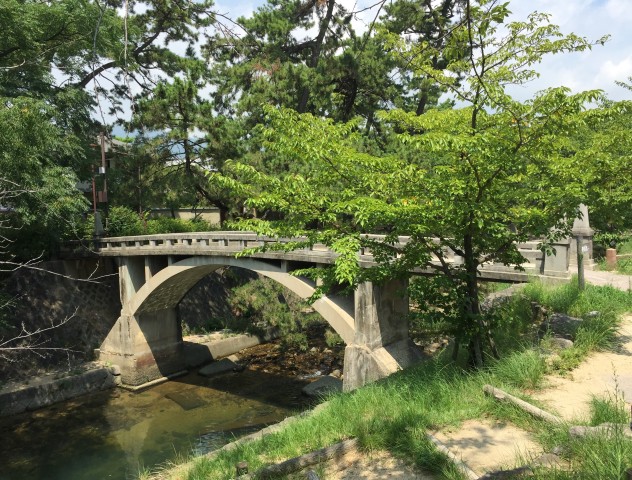
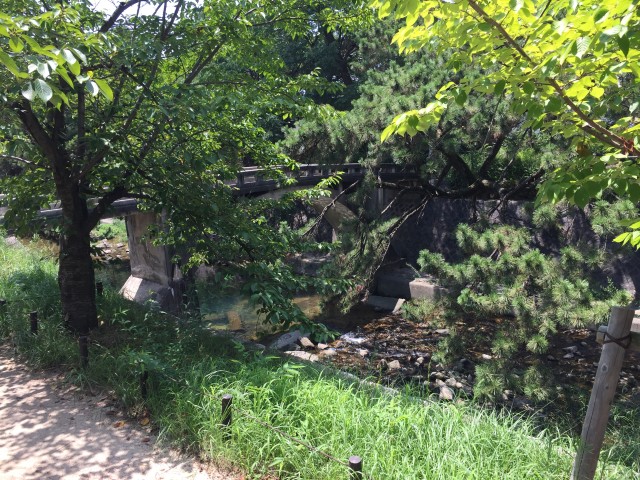
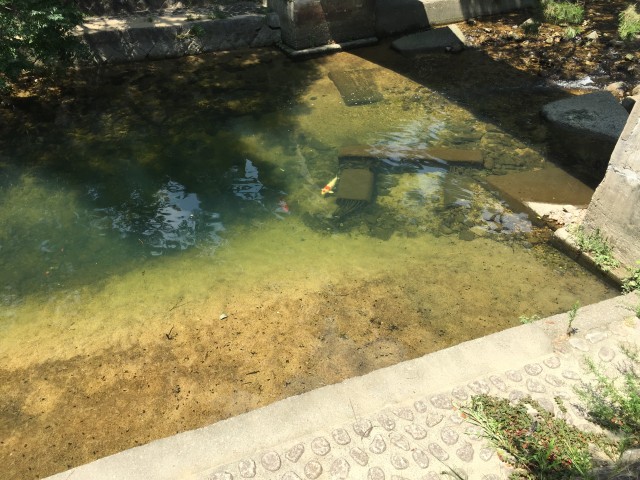
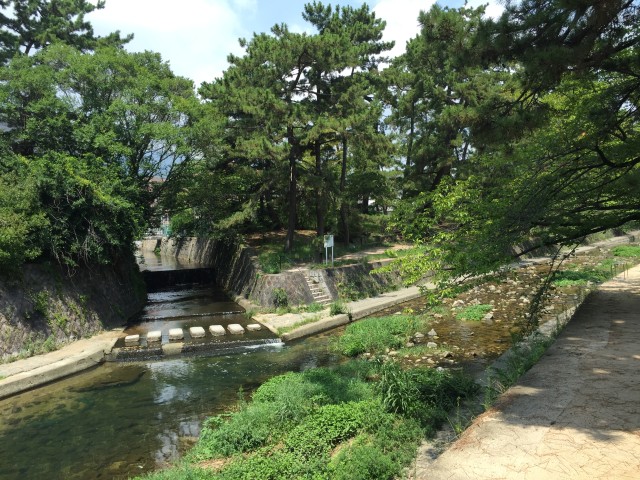
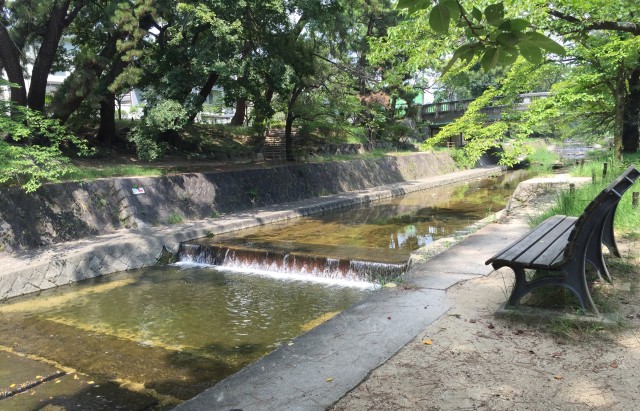
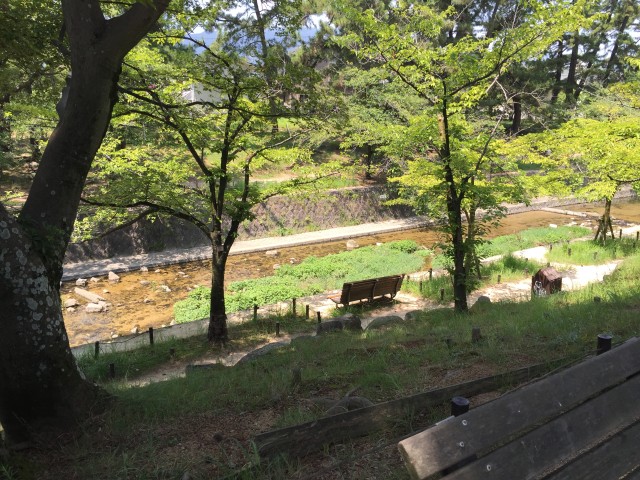
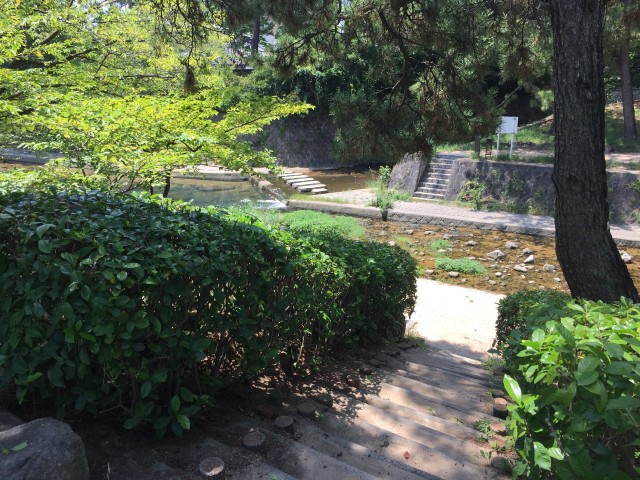
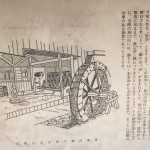

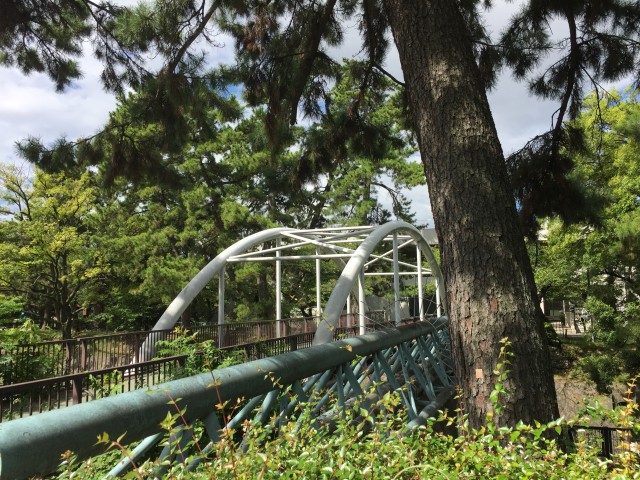
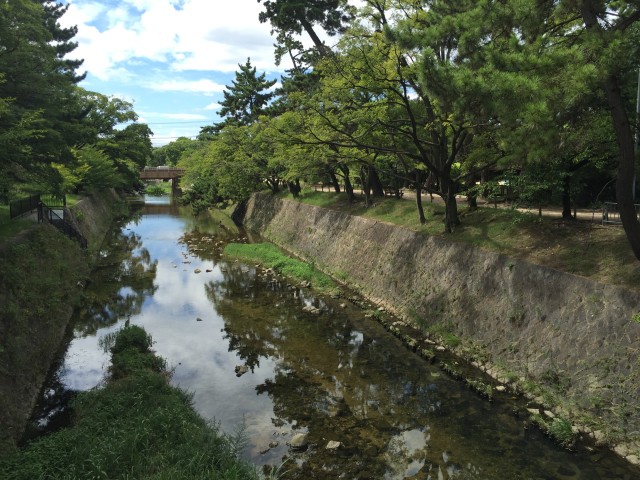
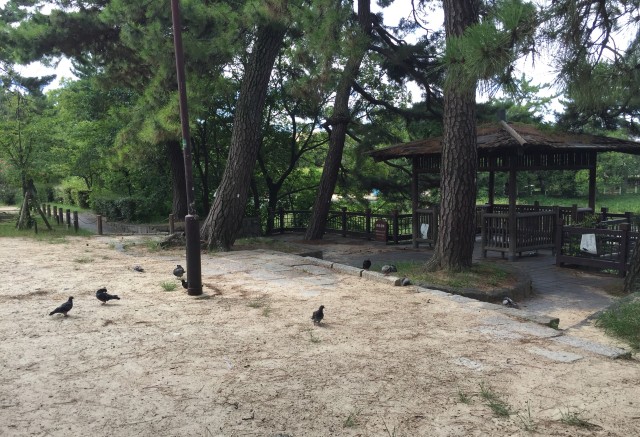
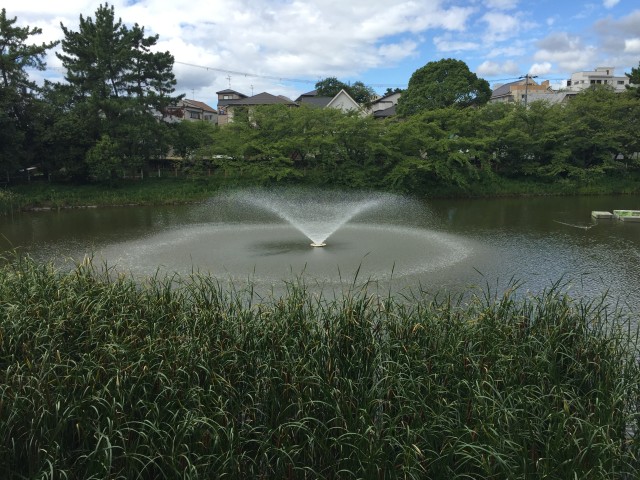
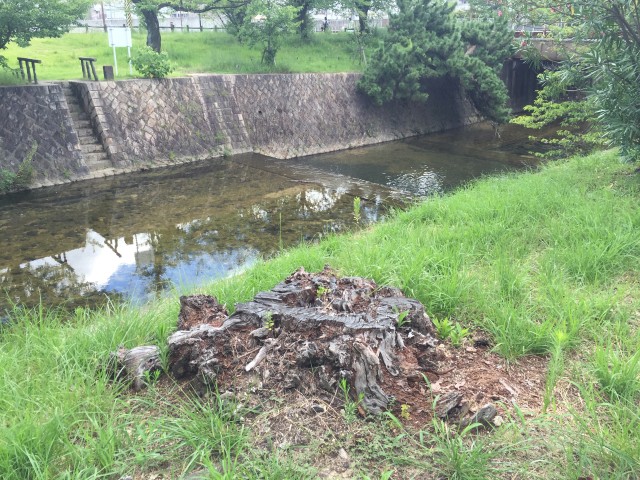
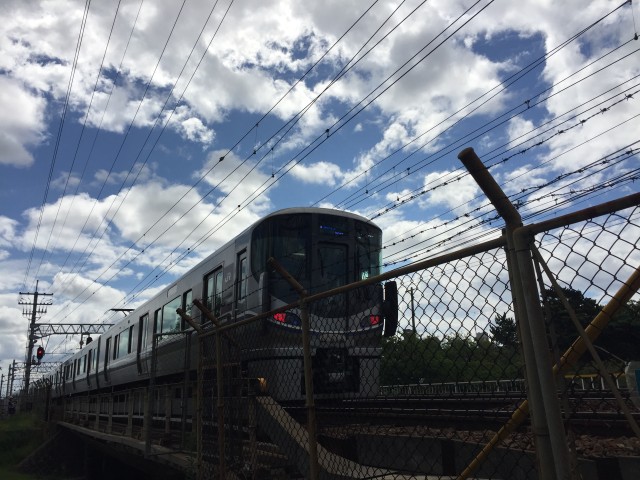
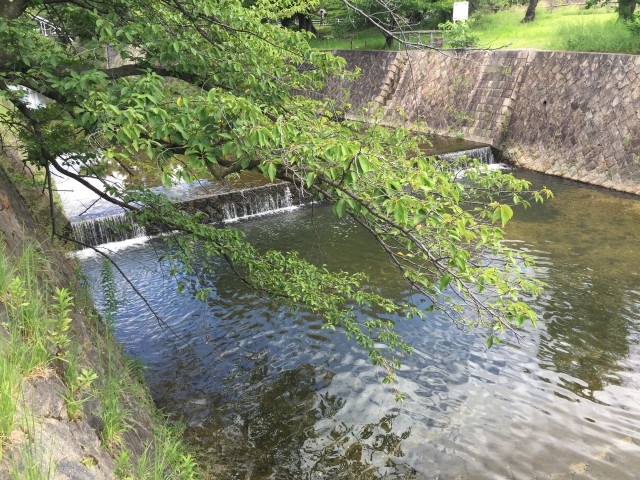
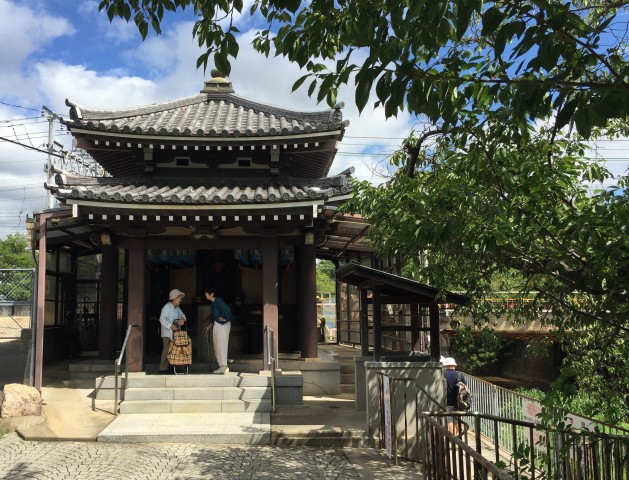
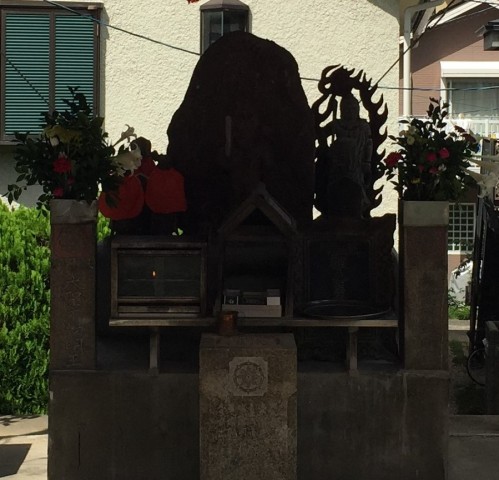
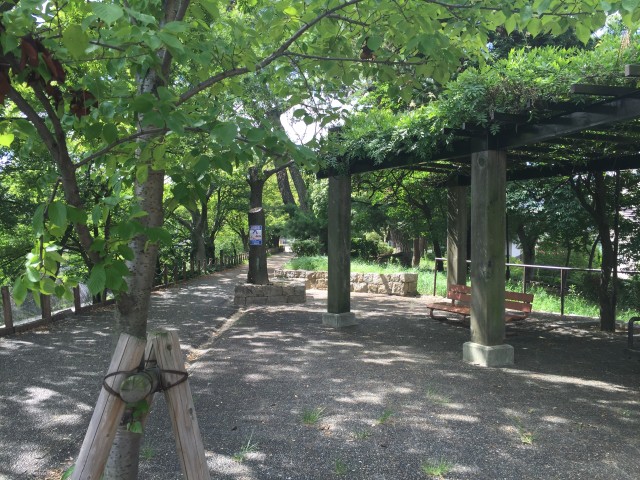
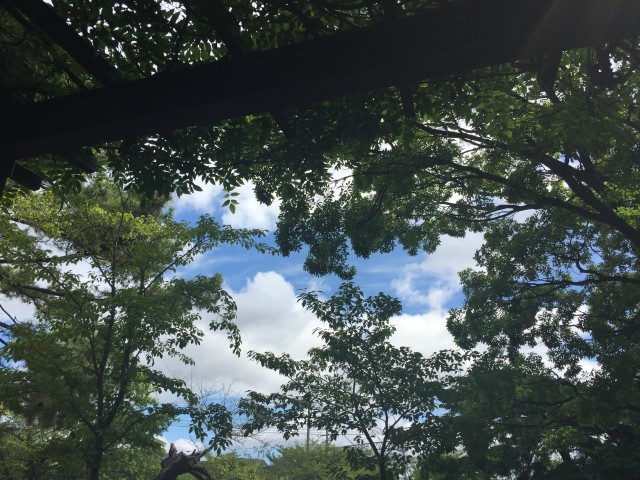
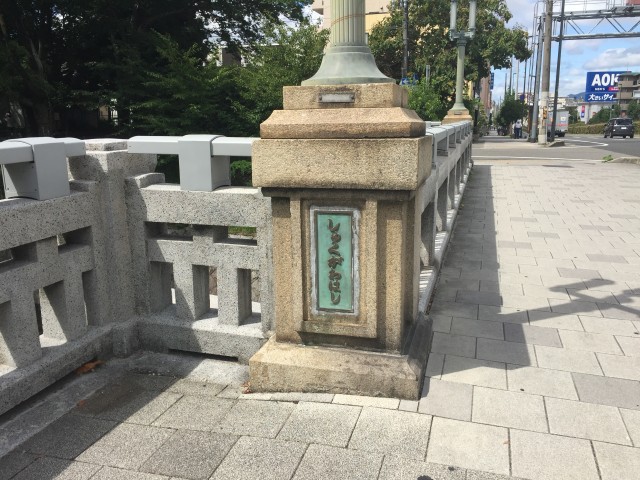
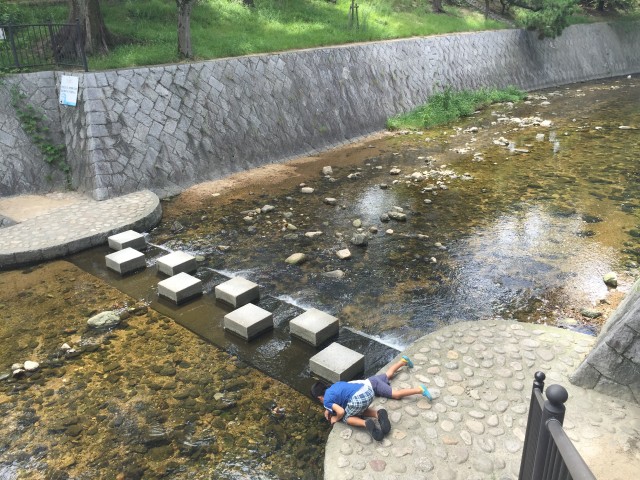

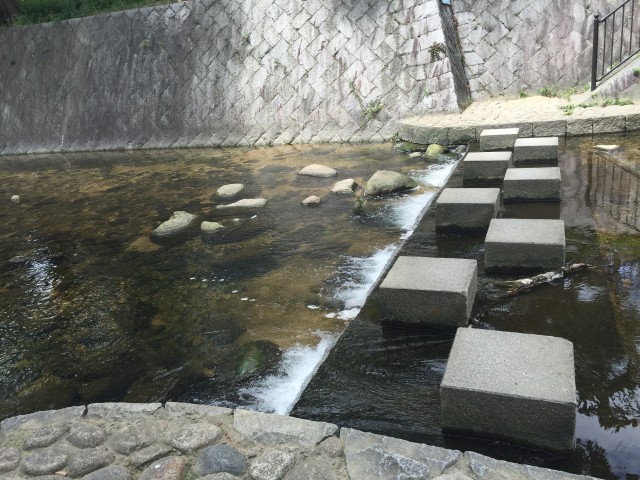
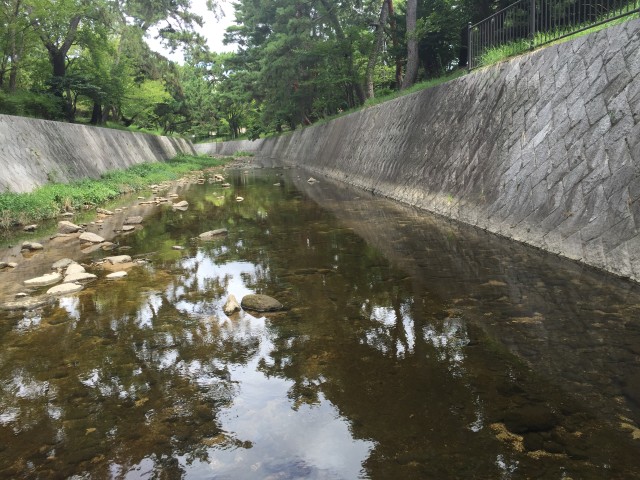
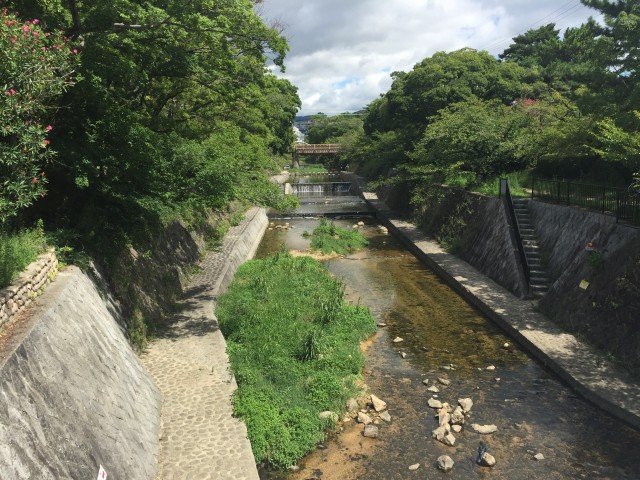
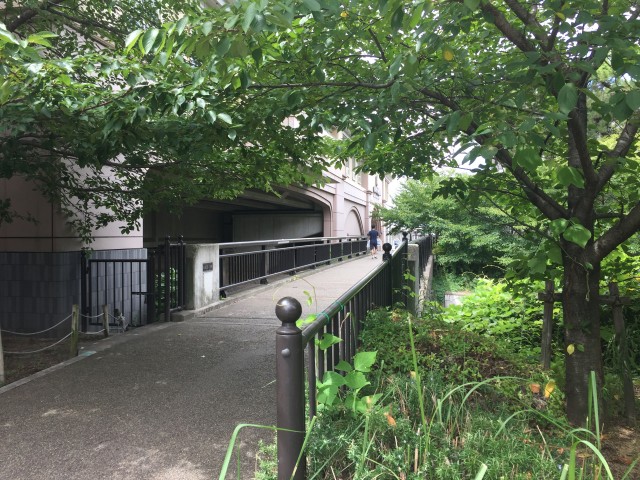
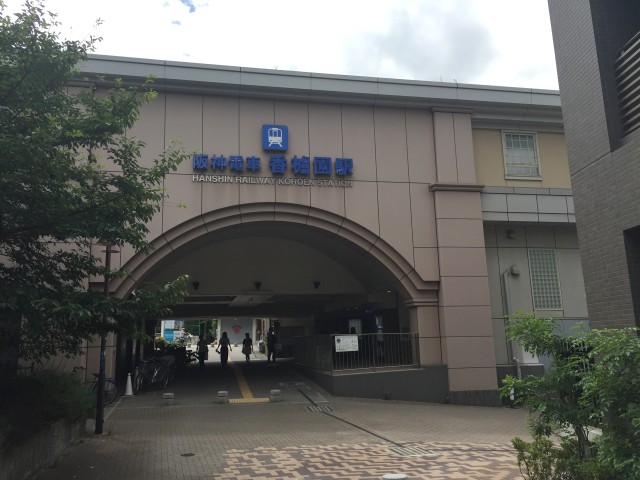
Leave a Reply